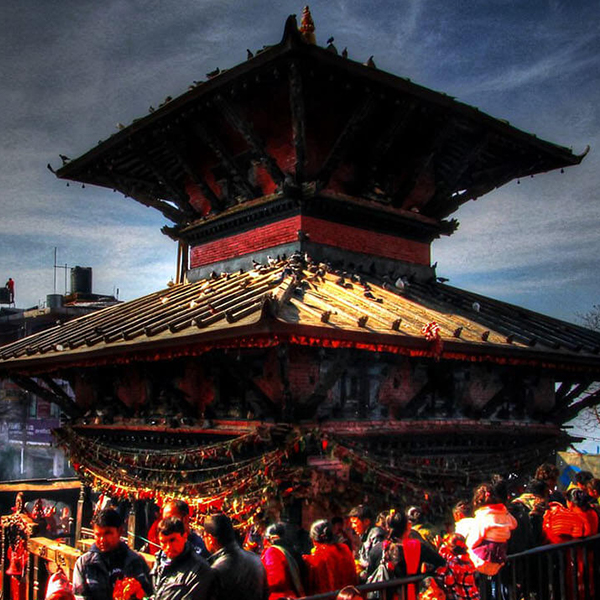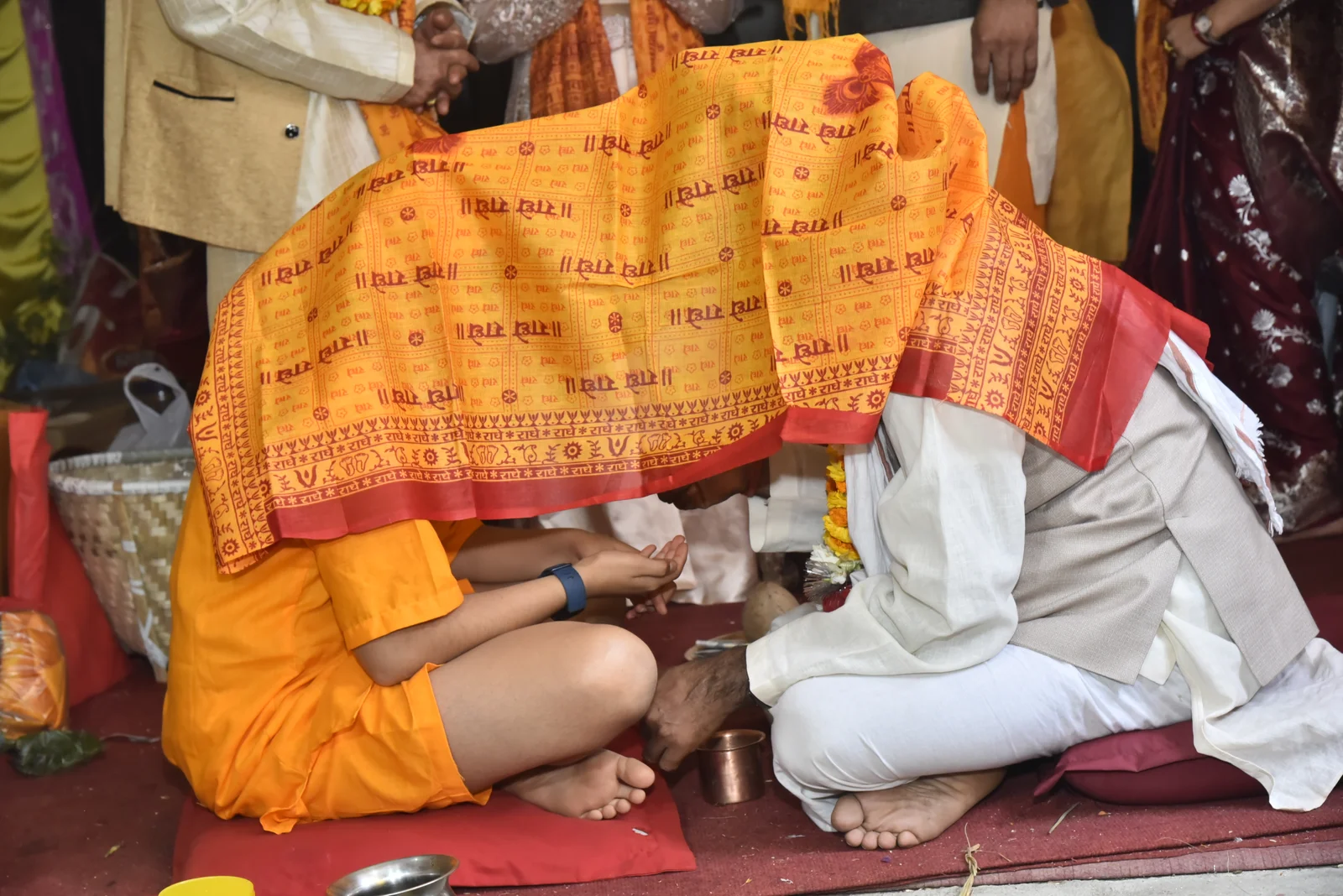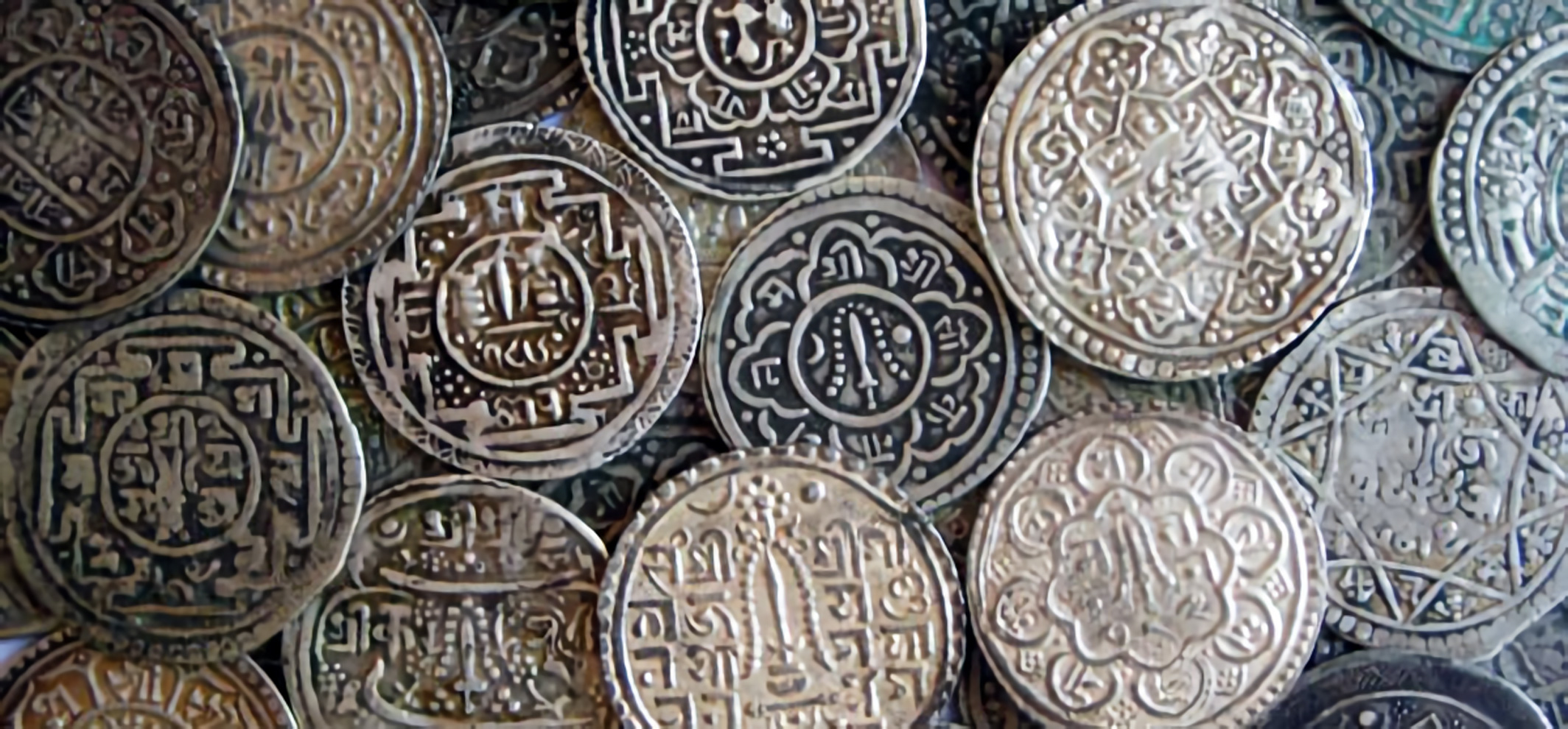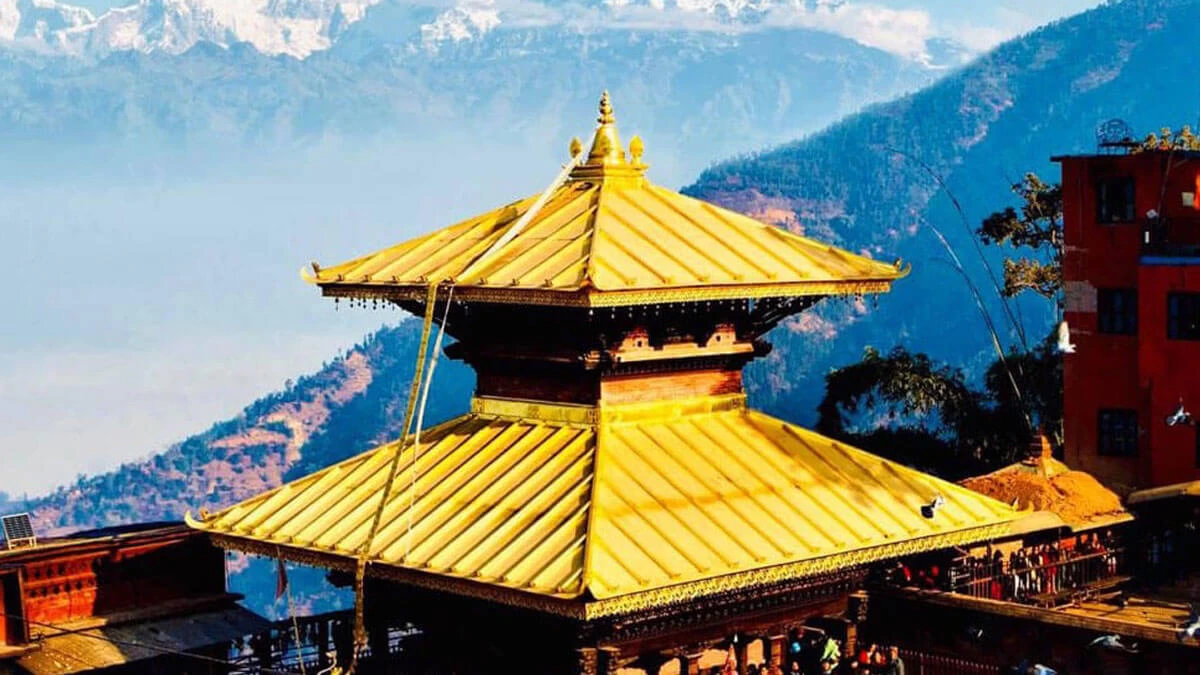Share this Article

Nestled in the serene hills of the Gorkha district in Nepal, the Manakamana Temple is one of the country’s most revered religious sites. Dedicated to Goddess Bhagwati, an incarnation of the Hindu goddess Parvati, the temple is believed to have the power to fulfill the wishes of its devotees. Its name, "Manakamana," translates to "heart’s wish," reflecting the deep faith pilgrims place in the goddess’s blessings. With its rich history, stunning architecture, and spiritual significance, the temple is a must-visit destination for both devotees and tourists alike.
1. Location and Accessibility
The Manakamana Temple is perched atop a hill at an altitude of approximately 1,300 meters in the Gorkha district, about 140 kilometers west of Kathmandu. The temple’s location offers panoramic views of the surrounding hills, lush forests, and the Trishuli River flowing below.
The temple is most conveniently accessed via the Manakamana Cable Car, which was introduced in 1998 as Nepal’s first cable car system. The ride begins in Kurintar, a small town along the Prithvi Highway, and takes about 10 minutes to reach the temple. The cable car journey is an experience in itself, offering breathtaking views of the Trishuli River, terraced fields, and distant Himalayan peaks like Annapurna and Manaslu.
For those seeking a more traditional and spiritually enriching experience, a trekking route is also available. The hike takes about 4-5 hours and is often undertaken by devotees as a form of religious penance or to demonstrate their devotion.
2. Religious and Historical Significance
The Manakamana Temple is steeped in legend and history. According to local lore, the temple’s origins are linked to Queen Lakhan Thapa, the wife of King Ram Shah of Gorkha in the 17th century. The queen was believed to be an incarnation of Goddess Bhagwati. After her untimely death, a farmer discovered a self-emerging stone idol at the site, which was interpreted as a divine sign. The temple was subsequently built to honor the goddess.
The temple’s connection to the Gorkha royal family adds to its historical significance. The Gorkha kings were devout patrons of the temple, and their legacy continues to attract devotees from across Nepal and beyond. The temple’s reputation as a wish-fulfilling deity has made it a popular pilgrimage site for centuries.
3. Architecture and Design
The Manakamana Temple is a fine example of Nepalese pagoda-style architecture, characterized by its multi-tiered roof and intricate wooden carvings. The temple’s golden pinnacle glistens in the sunlight, making it a striking sight against the backdrop of the hills. The wooden carvings depict various Hindu deities and mythological scenes, adding to the temple’s spiritual ambiance.
Inside the temple, the idol of Goddess Bhagwati is enshrined, adorned with flowers, jewelry, and vermillion. The sanctum sanctorum is a place of deep reverence, where priests perform daily rituals and offer prayers on behalf of devotees. The temple complex also includes smaller shrines dedicated to other deities, creating a serene and sacred atmosphere.
4. Rituals and Offerings
Devotees visit the Manakamana Temple with a variety of wishes, ranging from personal desires to prayers for family well-being. The temple is known for its unique rituals and offerings, which are believed to please the goddess and ensure the fulfillment of wishes.
One of the most common offerings is animal sacrifice, particularly goats and chickens, which are believed to appease the goddess. However, in recent years, there has been a growing trend toward symbolic offerings, such as fruits, flowers, and coconuts, reflecting changing attitudes toward animal sacrifice.
Other rituals include tying sacred threads or placing coins in designated areas of the temple, symbolizing the devotee’s wishes. Pilgrims also light incense sticks and apply red powder (abir) to the idol as a mark of devotion.
The temple sees a surge in visitors during major Hindu festivals like Dashain and Nag Panchami, when special rituals and celebrations are held. These occasions are marked by grand processions, traditional music, and communal feasts.
5. Manakamana Cable Car Experience
The Manakamana Cable Car has revolutionized access to the temple, making it easier for pilgrims and tourists to visit. The cable car system, which began operations in 1998, is a marvel of modern engineering and offers a thrilling ride over the lush valleys and rivers below.
The 10-minute journey provides stunning views of the Trishuli River, terraced fields, and the majestic Himalayan ranges, including Annapurna and Manaslu. The cable car ride is not only a convenient mode of transportation but also an unforgettable experience that adds to the temple’s allure.
6. Spiritual and Cultural Impact
The Manakamana Temple holds immense spiritual significance for its devotees. It is believed that those who visit the temple with true devotion and a pure heart will have their wishes granted. This belief has made the temple a popular destination for people from all walks of life, including newlyweds seeking blessings for a happy and prosperous married life.
The temple also exemplifies Nepal’s religious harmony, attracting both Hindus and Buddhists. While the primary deity is a Hindu goddess, the temple’s serene environment and spiritual energy resonate with people of all faiths. This inclusivity is a testament to Nepal’s rich cultural tapestry and its tradition of coexistence.
Conclusion
The Manakamana Temple is more than just a religious site; it is a symbol of faith, hope, and cultural heritage. Its stunning location, rich history, and spiritual significance make it a must-visit destination for anyone traveling to Nepal. Whether you are a devotee seeking the goddess’s blessings or a traveler looking to experience Nepal’s cultural and natural beauty, the Manakamana Temple offers an unforgettable journey. From the exhilarating cable car ride to the serene ambiance of the temple, every aspect of the experience is imbued with a sense of wonder and devotion. Truly, the Manakamana Temple is a testament to the enduring power of faith and the timeless allure of Nepal’s spiritual traditions.
Categories:
History & Heritage
Tags:
Manakamana Temple







